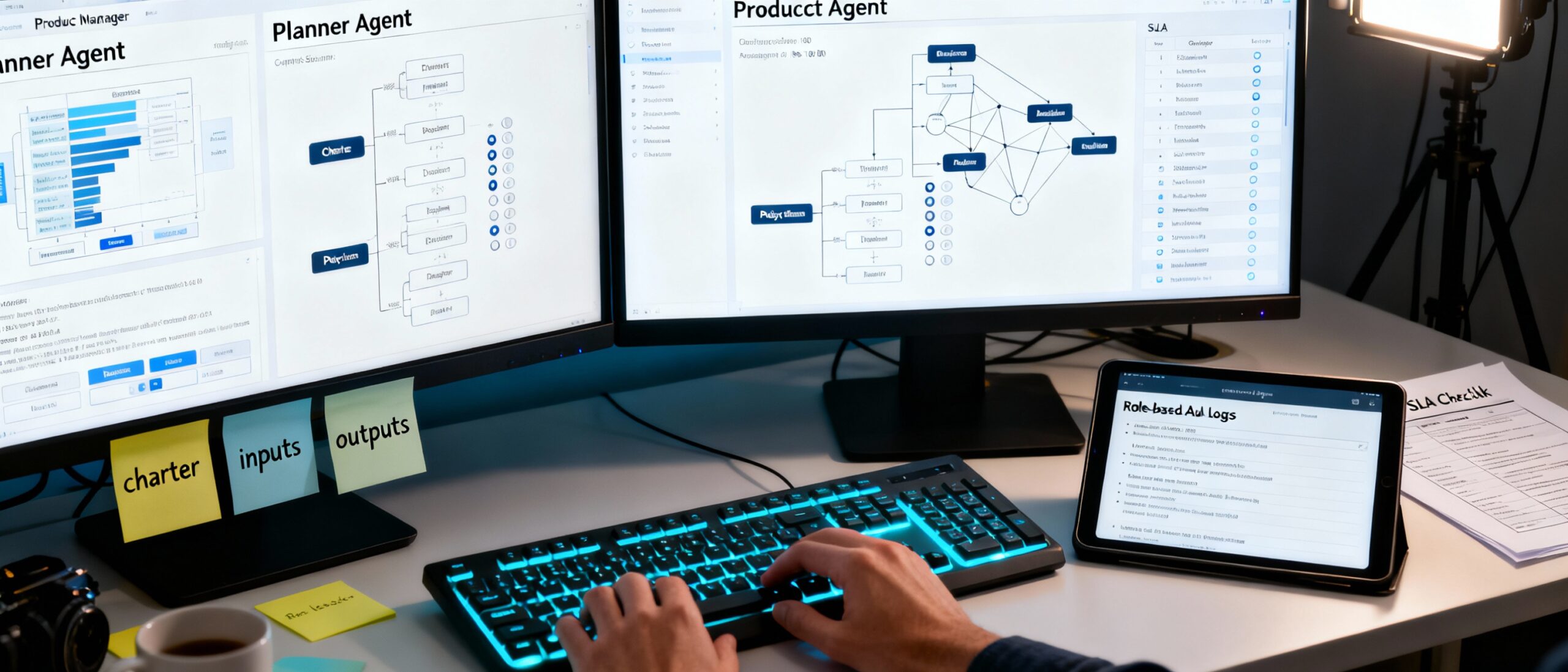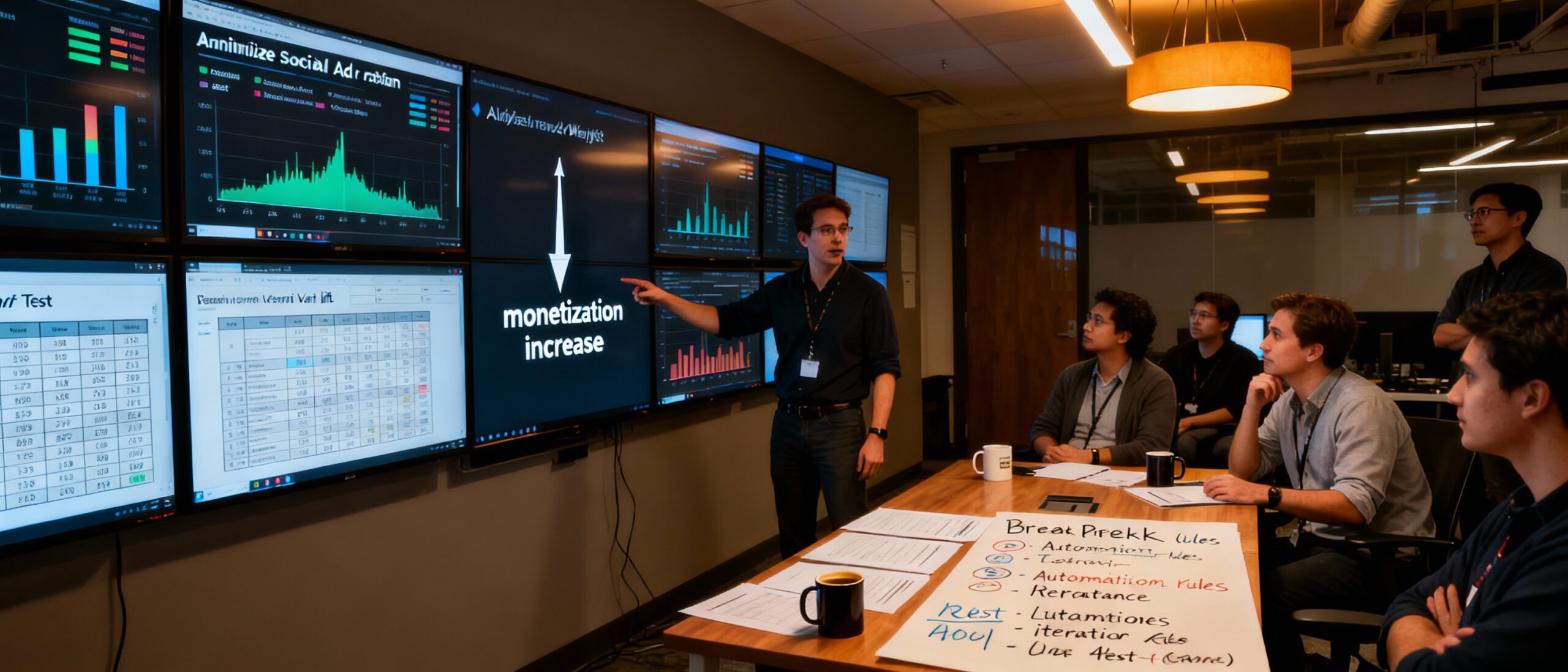Executive Summary
Marketing teams are moving from calendar-driven campaigns to living systems run by AI agents—modular, measurable, and governed. This article outlines the operating model, the roles ("AI employees"), the measurement spine that connects creative to commercial outcomes, and how SEO meets AEO (Answer Engine Optimization). Implemented well, AI Content Marketing compresses cycle times, improves quality, and compounds results—without sacrificing brand safety.
Key Takeaways
- AI agents turn strategy into software—codifying briefs, guardrails, and handoffs.
- A measurement spine maps upstream signals (impressions, dwell, saves) to revenue outcomes.
- SEO must now pair with AEO to win in AI-summarized surfaces and answer boxes.

